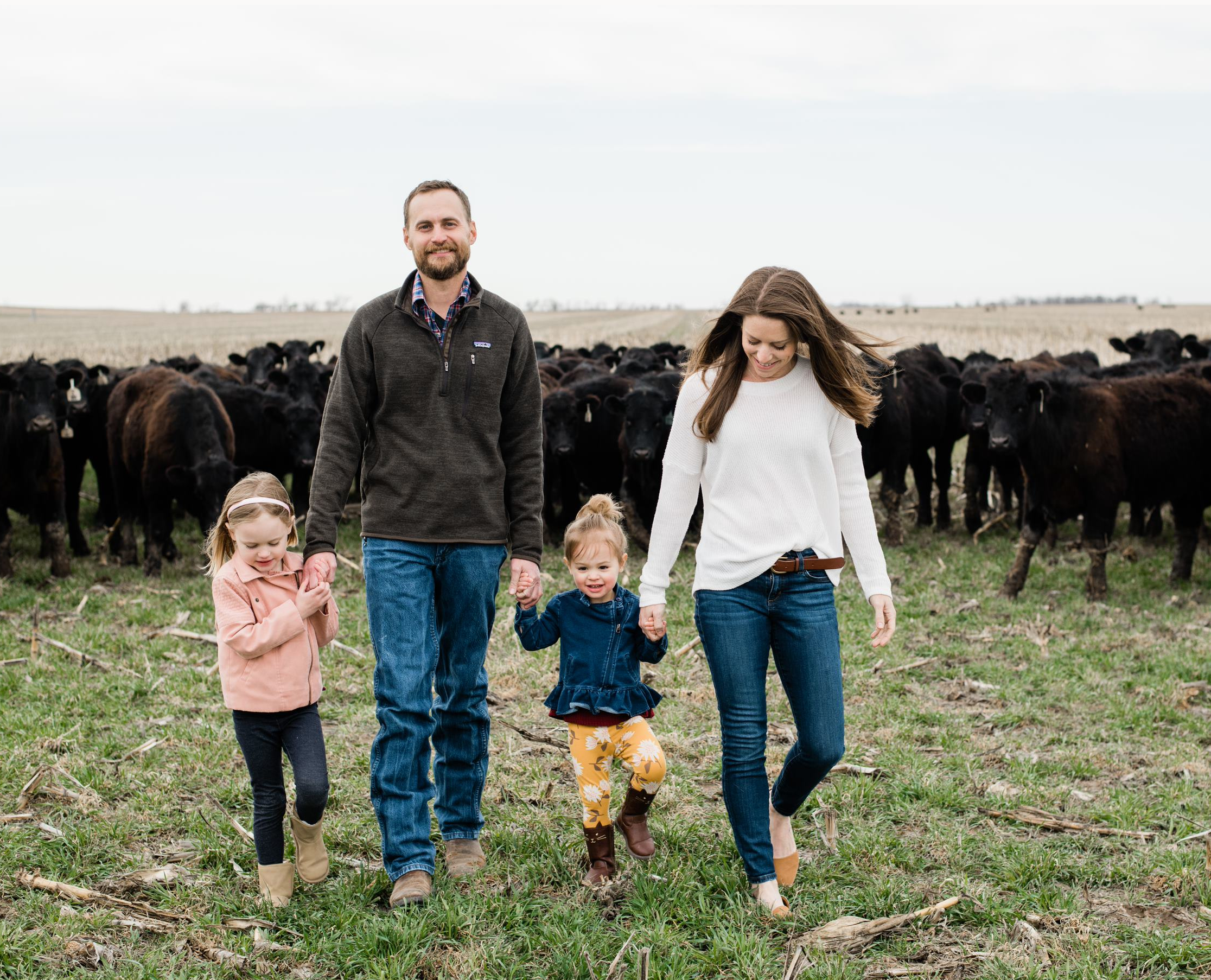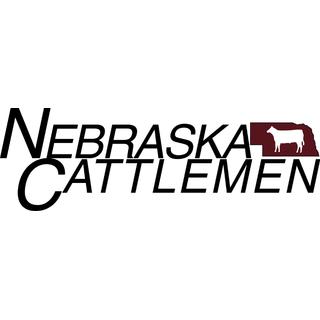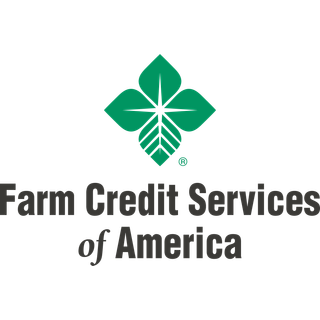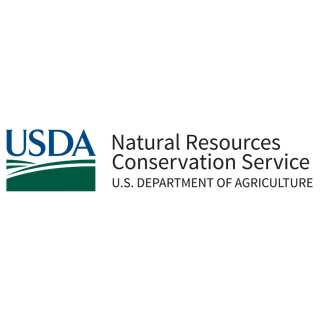Watch the inspiring story of Wine Glass Ranch
Logan Pribbeno grew up around rotational grazing and no-till farming in the 1990s when both practices were still hotly debated by academics and farmers alike. Today, the self-described “second-generation conservationist” prioritizes rebuilding the light soils his family farmed for over a century, while making a living.
Without off-farm jobs and income, Logan and his wife Brianna, and his parents Jeff and Connie Pribbeno, rely on what they reap from the soil to sustain their family and employees. They manage the 30,000 acres of crops, rangeland, and grazing lands at Wine Glass Ranch to be productive, progressive and profitable. The catchy name of their integrated farm and ranch is a nod to the wine glass shaped cattle brand that Logan’s great-great grandmother registered in the 1930s.
One example of how the Pribbenos have combined conservation with profitability is their use of “ecological edges” as habitat for beneficial insects. All 4,500 acres of their cropland is bordered with a mix of perennial, native grasses. Beneficial predator insects like lady beetles, flower flies, and tachinid flies thrive in these areas. When pests descend on crops, the predator bugs descend on them. By shifting the ranch’s insect ecology, broad-spectrum insecticides are never used.

The Pribbenos grow a diversified crop rotation of corn, millet, milo, and wheat to optimize soil fertility with crop residues. Minimum-till or no-till is used on all cropland. Over time, the Pribbenos have come to utilize cover crops not just a long-term regenerative practice, but a short-term profit center. They graze livestock on fields of cover crops and harvested crop residues on their own farm and on rented fields. Doing so puts money in their neighbors’ pockets while helping recycle nutrients. It’s a win-win for the local farm economy and soil community.
Winter grazing of cover crops and harvested crop residues allows the native range to rest, while maximizing snow catch and minimizing wind erosion.
Since dividing 18,000 acres of Wine Glass Ranch into 90 paddocks in 1987, 120 stock tanks, 50 miles of pipeline, and more than 100 miles of cross fencing have been added to allow for high intensity, short duration grazing. Rather than trampling watering areas and over grazing pastures, a planned grazing system increases the vigor of their grasses thanks to increased rest periods for each paddock.
The Pribbenos continue to refine their system. Data from an annual evaluation of each paddock’s vegetation and soil type helps create the next grazing season’s herd size and moves. Proving that their system is working, Wine Glass Ranch’s stocking rates speak for themselves. Few graziers can keep as many as 3,000 beef cattle in a single group while regenerating the soil.
More than 10,000 trees and shrubs have been planted across Wine Glass Ranch to provide windbreak protection and wildlife habitat areas. A waterfowl pond was constructed, and four wildlife water guzzlers were installed to provide drinking water for wildlife.
In addition to 750 environmentally-sensitive acres enrolled in the Conservation Reserve Program (CRP), another 61 wetland sites on 107 acres have been enrolled into CRP wetland restoration and buffer strip programs.
Aldo Leopold defined conservation as the state of harmony between man and land. That harmony is found at Wine Glass Ranch, where the Pribbeno family’s deliberate management decisions are restoring, enhancing, and conserving their land.

Photos courtesy of Emma Harms








